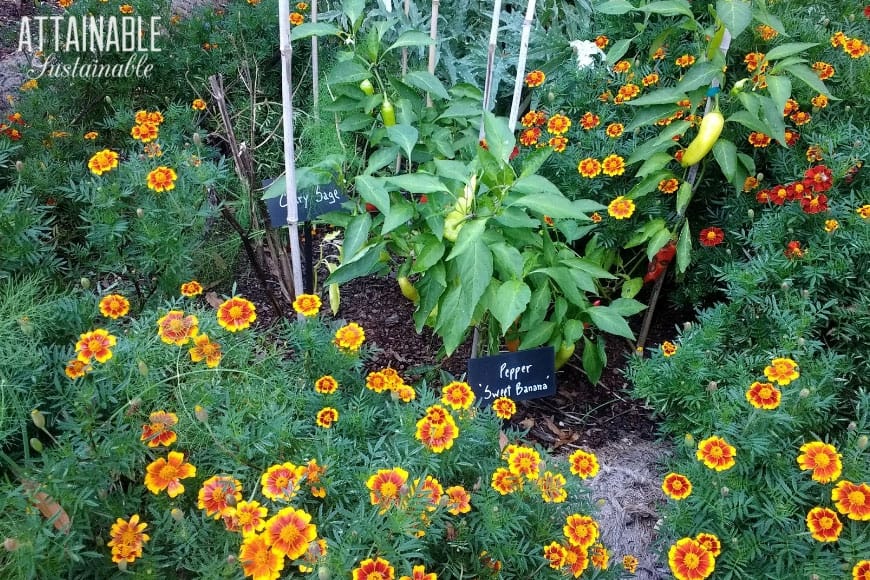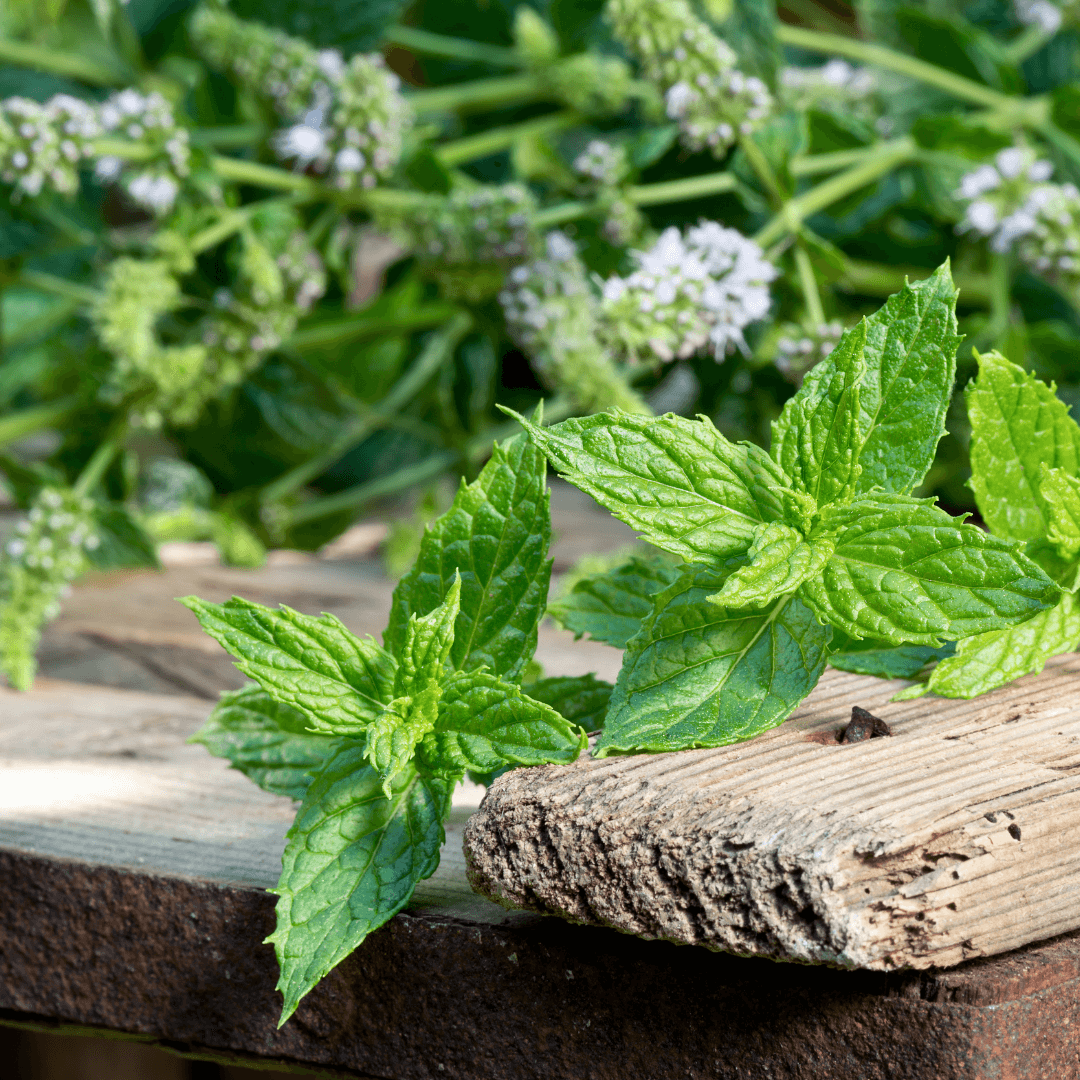The Ultimate Guide To Companion Herb Planting
The Ultimate Guide to Companion Herb Planting
Companion planting is a gardening practice that involves planting certain plants together to benefit each other's growth and health. This can be done in vegetable gardens, herb gardens, or even in containers.
There are many reasons to practice companion planting. Some of the benefits include:
- Attracting beneficial insects. Certain herbs attract beneficial insects, such as ladybugs, parasitic wasps, and hoverflies. These insects help to control pests in your garden.
- Repelling pests. Other herbs can repel pests, such as mint, catnip, and basil. This can help to keep your plants healthy and free of pests.
- Improving soil quality. Some herbs can improve the soil quality in your garden. For example, comfrey and clover add nutrients to the soil, while chamomile helps to break up compacted soil.
- Distracting pests. Some herbs can distract pests from your other plants. For example, planting marigolds near tomatoes can help to deter tomato hornworms.
- Creating a more attractive garden. Companion planting can also create a more attractive garden. The different colors, textures, and shapes of herbs can add visual interest to your space.
If you're new to companion planting, it can be helpful to start by learning about the different companion relationships between herbs. Some of the most common companion relationships include:
- Attractants: These herbs attract beneficial insects that help to control pests. Some common attractors include basil, chamomile, lavender, mint, and marigolds.
- Repellents: These herbs repel pests. Some common repellents include catnip, chives, garlic, lemon balm, and rosemary.
- Companion nutrient providers: These herbs provide nutrients that other plants need. For example, comfrey is a good source of nitrogen, while clover is a good source of phosphorus.
- Disruptors: These herbs disrupt the life cycle of pests. For example, tansy contains a chemical that kills the eggs of cabbage loopers.
- Trap crops: These herbs attract pests away from other plants. For example, nasturtiums attract aphids, which can then be easily removed from the plant.
Once you know about some of the common companion relationships, you can start to plan your herb garden. There are many different ways to approach companion planting. You can create a themed garden, such as an herb garden for cooking or an herb garden for attracting pollinators. Or, you can simply plant herbs that you enjoy using in the kitchen or that you find attractive.
No matter how you approach it, companion planting is a great way to improve the health and productivity of your herb garden. By planting the right herbs together, you can help to deter pests, attract beneficial insects, and improve soil quality. This will lead to healthier plants and a more bountiful harvest.
Did you know that certain herbs can help each other grow? This is called companion planting, and it's a great way to boost the productivity of your herb garden.
For example, basil is a great companion for tomatoes. It helps to repel pests and attract beneficial insects. Other good companions for basil include asparagus, borage, chamomile, oregano, chives, marigolds, peppers, and root vegetables.
If you're not sure which herbs to plant together, you can always visit Gardenia Inspiration. This website has a comprehensive companion planting chart that lists which herbs are good friends with each other.
FAQ of companion herbs
- What are companion herbs?
Companion herbs are plants that benefit each other when grown together. They may attract beneficial insects, repel pests, or improve the flavor or yield of each other's crops.
- How do I choose companion herbs?
When choosing companion herbs, you should consider the climate, soil, and sunlight conditions in your garden. You should also consider the pests and diseases that are common in your area. Some good resources for finding companion planting charts are the Herb Society of America: https://www.herbsociety.org/ and the University of California Cooperative Extension: https://ucanr.edu/.
- What are some good companion herbs?
Some good companion herbs include:
* Basil: Basil repels mosquitoes, flies, and other insects. It also attracts beneficial insects, such as ladybugs and hoverflies.
* Chives: Chives repel aphids, carrot rust flies, and other pests. They also improve the flavor of carrots, tomatoes, and potatoes.
* Cilantro: Cilantro repels aphids, spider mites, and whiteflies. It also attracts beneficial insects, such as ladybugs and lacewings.
* Lavender: Lavender repels moths, mosquitoes, and other insects. It also attracts beneficial insects, such as bees and butterflies.
* Marigolds: Marigolds repel nematodes, root knot worms, and other soil-borne pests. They also improve the flavor of tomatoes and other crops.
- How do I plant companion herbs?
When planting companion herbs, you should follow the instructions on the plant labels. In general, you should space the plants according to their mature size. You should also water the plants regularly and fertilize them as needed.
- How do I care for companion herbs?
To care for companion herbs, you should remove any dead or diseased leaves. You should also water the plants regularly and fertilize them as needed. If you live in an area with cold winters, you may need to bring your companion herbs indoors during the winter months.
Image of companion herbs
- Basil and tomatoes: Basil helps to repel tomato hornworms and other pests, and tomatoes provide support for basil plants.
- Marigolds and vegetables: Marigolds help to repel nematodes, which can damage vegetables. They also attract pollinators, which help to pollinate vegetables.

- Chives and roses: Chives help to repel aphids, which can damage roses. They also help to improve the flavor of rose petals.

- Lavender and carrots: Lavender helps to repel carrot flies, which can damage carrots. It also helps to improve the flavor of carrots.

- Peppermint and beans: Peppermint helps to repel aphids, which can damage beans. It also helps to improve the growth of beans.

Post a Comment for "The Ultimate Guide To Companion Herb Planting"